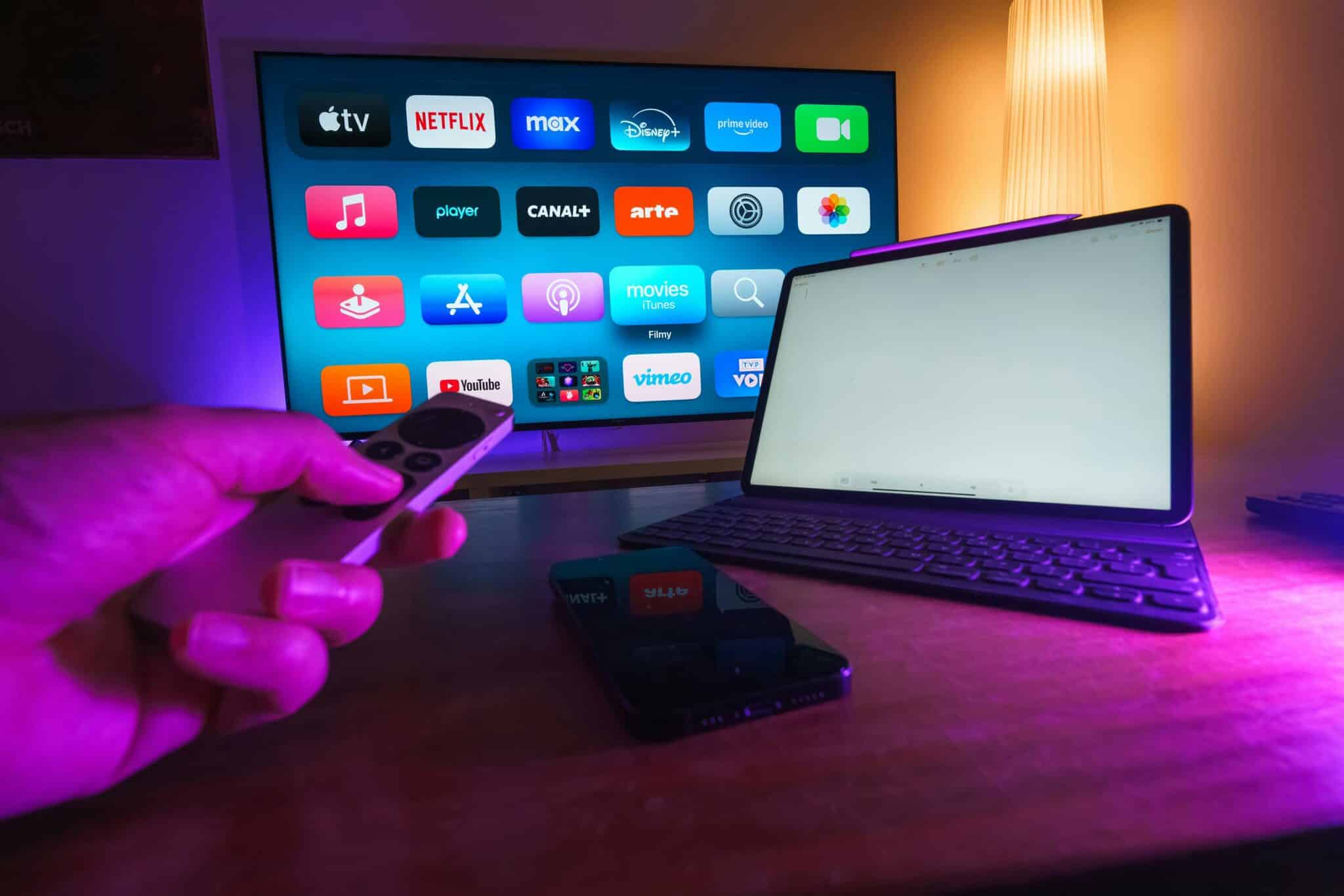Anúncios
Streaming services have revolutionized how we consume entertainment, but what if you could watch movies still showing in theaters from your smartphone?
The concept of watching theatrical releases outside traditional cinema venues has gained massive traction in recent years. Several innovative applications now bridge the gap between theatrical exclusivity and home viewing, offering legitimate ways to access new releases through various models.
Anúncios
This comprehensive guide explores the landscape of applications designed to bring cinema-quality content directly to your device, examining legal streaming platforms, theater-connected apps, and emerging technologies transforming how we experience first-run films.
🎬 Understanding the Theater-to-Home Streaming Revolution
The traditional theatrical window—the exclusive period when movies play only in cinemas—has undergone dramatic changes. What once stood as a rigid 90-day window has compressed significantly, with some films arriving on streaming platforms within weeks of theatrical release.
Anúncios
This shift accelerated during the global pandemic when studios experimented with simultaneous releases across theaters and streaming services. The success of this hybrid model demonstrated consumer appetite for flexibility in how they access new content.
Today’s marketplace features multiple legitimate pathways to watch recent theatrical releases through mobile applications. These range from premium rental services to subscription platforms with shortened exclusive windows, each offering different value propositions for movie enthusiasts.
📱 Leading Applications for Accessing Theatrical Content
Premium Video-on-Demand Platforms
Several established streaming services now offer “Premium VOD” (PVOD) options that allow users to rent movies still playing in theaters or just released from theatrical runs. These applications provide legal access to current releases at premium pricing.
Apple TV app stands as one of the most comprehensive platforms for accessing theatrical releases early. Through its iTunes Store integration, users can rent or purchase films often within 17-45 days of theatrical debut, depending on studio agreements.
Amazon Prime Video similarly offers early access rentals through its platform. The service frequently features new releases available for rental at $19.99-$24.99, providing 48-hour viewing windows once playback begins.
Google Play Movies & TV delivers comparable functionality for Android users, with seamless integration across devices. The platform’s rental library updates regularly with titles transitioning from theatrical to home release.
Studio-Specific Streaming Applications
Major studios have developed proprietary applications designed to shorten the window between theatrical and home viewing for their exclusive content.
Peacock from NBCUniversal offers theatrical releases from Universal Pictures within a remarkably short window—often just 45 days after theatrical debut. Subscribers gain access to films like recent blockbusters as part of their premium tier subscription.
Paramount+ follows a similar model for Paramount Pictures releases, typically bringing theatrical films to the platform within 45 days. This application combines new theatrical releases with extensive library content.
HBO Max revolutionized the industry in 2021 by releasing Warner Bros. films simultaneously in theaters and on the platform. While this day-and-date strategy has since evolved, the application maintains relatively short theatrical windows for Warner releases.
Theater Chain Applications with Streaming Features
Some traditional theater chains have expanded their applications beyond simple ticket purchasing to include streaming capabilities or partnered viewing experiences.
AMC Theatres On Demand offers rentals and purchases of movies, including some recent theatrical releases. While not providing same-day access to films in their own theaters, the app creates an ecosystem connecting theatrical and home viewing.
Cinemark Movie Rewards app enhances the theatrical experience while connecting users to legitimate streaming options through partnerships. The application tracks viewing history and rewards frequent moviegoers while directing them to legal streaming alternatives.
🎭 How These Applications Actually Work
Understanding the mechanics behind theater-to-home streaming helps clarify what’s possible through these applications and what limitations exist.
Most applications operate under licensing agreements that respect theatrical windows negotiated between studios and cinema chains. These agreements dictate precisely when content becomes available for home viewing, balancing theater revenue needs with consumer demand for convenience.
Premium VOD releases typically feature dynamic pricing that starts higher during the initial availability period and decreases over time. A film might cost $19.99 to rent during its first week of home availability, dropping to $5.99 after several months.
Subscription-based platforms incorporate theatrical releases into tiered membership structures. Premium tiers often include earlier access to theatrical releases, while standard tiers receive content after longer windows.

🎬 The Future of Cinema: Hybrid Models and Consumer Choice
The relationship between theatrical exhibition and streaming applications will likely continue evolving toward hybrid models prioritizing consumer flexibility.
Rather than viewing theaters and streaming as competing distribution channels, the industry increasingly recognizes them as complementary options serving different consumer needs and contexts.
Theatrical viewing offers unmatched scale, social atmosphere, and escape from home distractions. Streaming applications provide convenience, cost advantages for groups, and flexibility in timing and location.
The most successful future strategies will likely embrace both channels, allowing consumers to choose their preferred experience for each film based on personal circumstances, budget, and preferences.
Applications enabling access to theatrical releases represent not the death of cinema but its evolution—expanding access while preserving the irreplaceable magic of the theatrical experience for those moments when nothing else will do.


